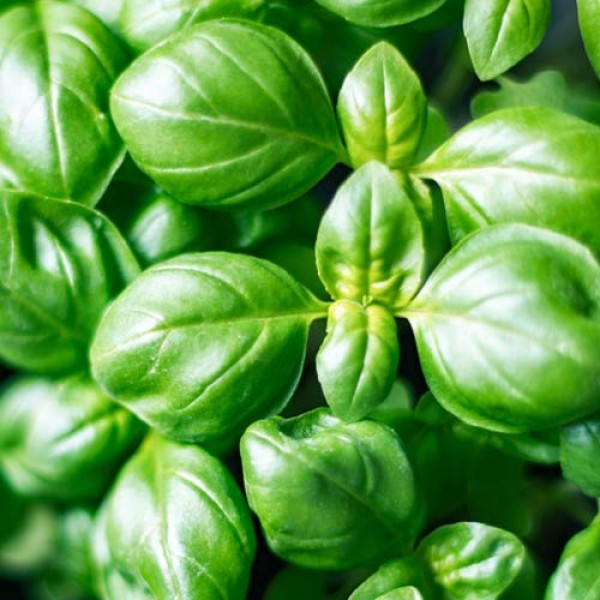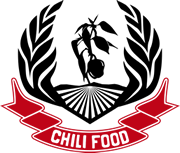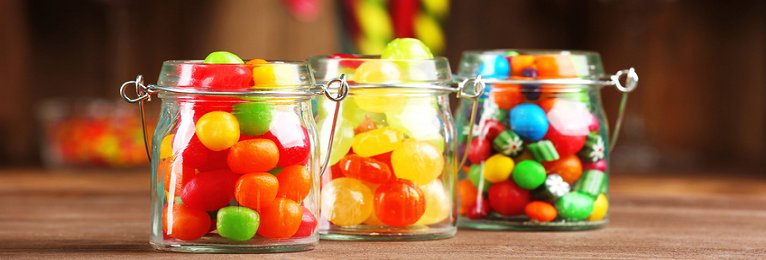
Growing basil from seeds
Tips for sowing basil in your own garden or on the balcony
Basil is one of the most popular aromatic herbs, especially in Italian cuisine. Basil belongs to the labiates family and is also called "royal herb". There are now numerous special forms such as red- and small-leaved types, lemon or Thai basil and the hardier shrub or bush basil in addition to the best-known large- and green-leaved Genovese types.
Of the approximately 65 species of the genus basil (Ocimum), at least seven are cultivated as culinary and medicinal herbs. Some basil was already used as a food seasoning in Egypt, ancient Greece and Rome. In India, it is still important as tea herbs in Ayurvedic medicine.
Basil is native to the tropical and subtropical regions of Asia. Basil grows annual or perennial, but mostly as short-lived perennials or half-shrubs. The basil likes it warm and frost-free. In Central Europe, the shrub basil is the best-known and most widely used culinary herb.
The aromatic smell is caused by the high content of essential oils. Most species contain 0.3 to 1.5% aromatic substances in their leaves.
Location
The more sun, the better. As a Mediterranean herb, basil likes it sunny. In addition, unlike other herbs, it needs a nutrient-rich soil. In the field, you should therefore work in compost or manure before planting. In a flower pot you should use a nutrient-rich potting soil, because a special herb soil is not sufficient for basil. In addition, the soil should be well permeable to water, so mix in sand if necessary.
Sowing
When sowing, you should bear in mind that basil is a light germinator, which means that the seeds should only be pressed on and not covered with soil.
The right time is at the beginning of April on the windowsill. When germinating, the temperatures should be around 20°C , but not below 16°C . You can expect germination after about a week. Always keep the substrate moist, but not too wet, otherwise damping-off can occur. From mid-May (after the danger of night frosts has passed and the temperature regularly rises above 12°C), the basil can be planted out directly in the field in a location that is as sunny, warm and sheltered from the wind, with loose and water-permeable soil.
Herbs are often the ideal bed partners for vegetables, as their essential oils repel pests. Basil is the ideal neighbour for tomatoes, cucumbers and cabbage, as it repels whitefly and also helps against mildew infestations.
Care
It is important that basil is always in a bright and warm location, otherwise it may suffer and die. Growth will not take place below 12°C. Also make sure that it is sufficiently supplied with nutrients, especially nitrogen. In addition to compost, you can also fertilise with horn shavings. Always water basil close to the ground, as it does not like wet leaves. This can favour fungal diseases, especially in cool weather. To prevent fungal infestation, the old lower leaves should also always be removed. In this way the plant is better ventilated. Basil is very thirsty due to its large leaf surface. In a pot, it is best to water it from below via a coaster that can be filled twice on warm days. Since basil is very sun and heat-loving, it is an annual in our latitudes. It dies in autumn and is already damaged at temperatures above freezing, which can make protection necessary during the cold nights in early summer and autumn. Basil in pots often does not survive the winter either, even if taken indoors. This is due to the lack of light. Unfortunately, there is no realistic chance of bringing the plant through the winter in our latitudes. Bush and shrub basil are much hardier both outdoors and indoors than the "classic" Genoveser type with its large and concave leaves.
Flower
Flowering basil: White flowers for bees
In summer, basil begins to flower and many gardeners then ask themselves whether they can still eat the basil or whether it is harmful. When basil begins to flower, gardeners have the following options:
- Harvest flowers: Small flowers can still be harvested at the beginning. The flowers are edible, but not very aromatic.
- Let the flowers grow: It does not harm the basil at all if you let the flowers grow. On the contrary, bees and other insects enjoy the white flowers and visit them very often.
- Harvest leaves: You can still harvest the leaves when the plant is already flowering. Here, however, you should avoid the large, green leaves and rather concentrate on the small leaves. At the time of flowering, the larger ones taste rather bitter and slightly hot.
- Harvest seeds: If you leave the flowers, you can harvest the seeds in autumn. This has the advantage that you already have seeds for the coming year.
The rumour that basil flowers are poisonous is not true. However, since basil puts all its energy into propagation, the flowers and large leaves taste bitter.
Protection from pests ans diseases
Basil can be sensitive to conditions that are too cool and damp. In addition to the possible fall disease, the alfalfa mosaic virus or leaf spot disease can also occur. Slugs also like basil, they like to attack the leaves. Copper bands can help here.
Harvest
You should cut basil regularly, but with care. If you are not only planting basil for a one-off major pesto production, then you should not take too much away at once when harvesting, so that you do not weaken the plant too much. A plant that has been plucked too much will have great difficulty regenerating. Otherwise, however, you can harvest basil regularly.
Do not harvest all the leaves of a shoot, but always the tip above a leaf axil. This causes new shoots to grow and the basil becomes bushier. In addition, you delay the formation of flowers.
In the cold frame, when cold temperatures threaten and there is no more growth anyway, you can also harvest the entire basil.
Manufacturer
Name: | Chili-Food-Wissen |
Address: |












